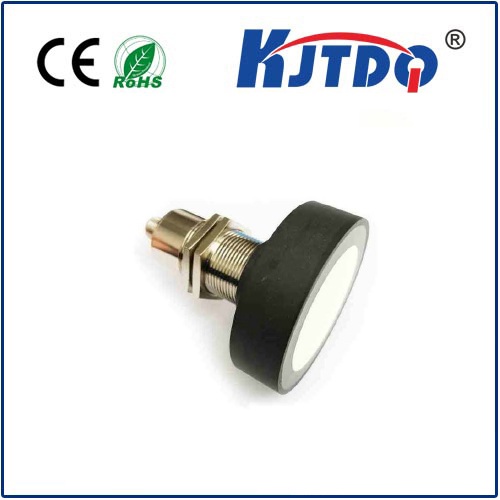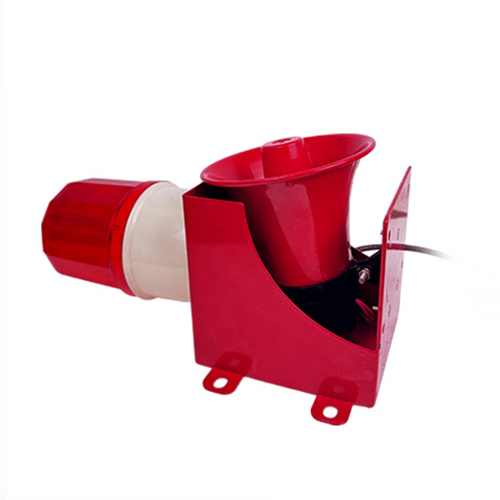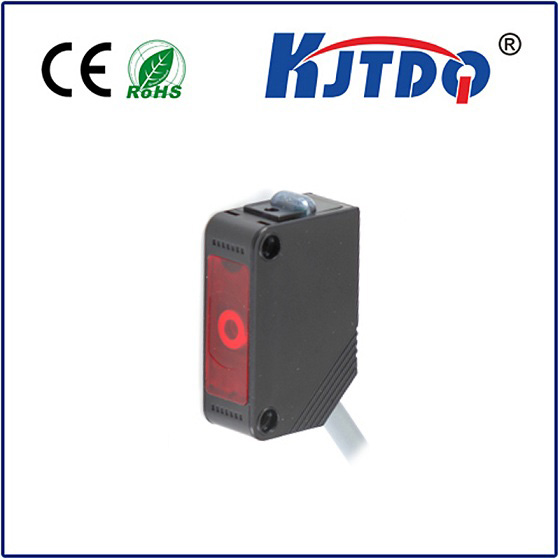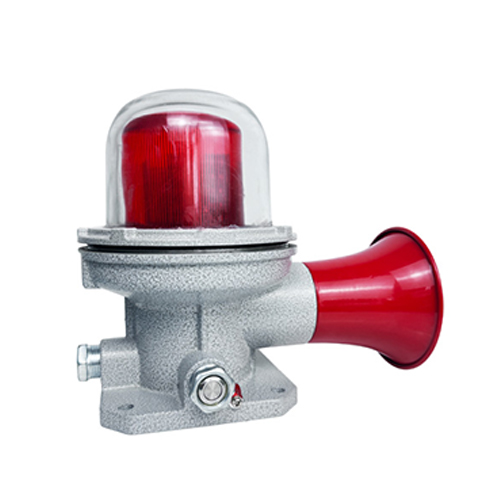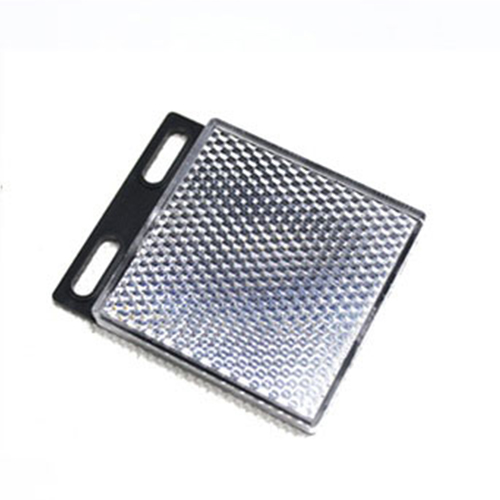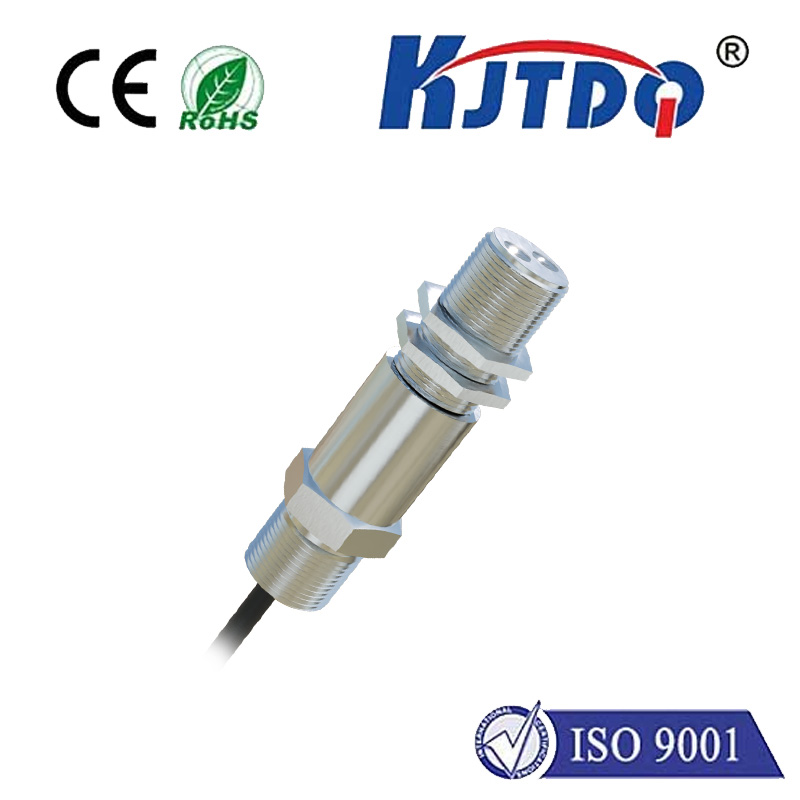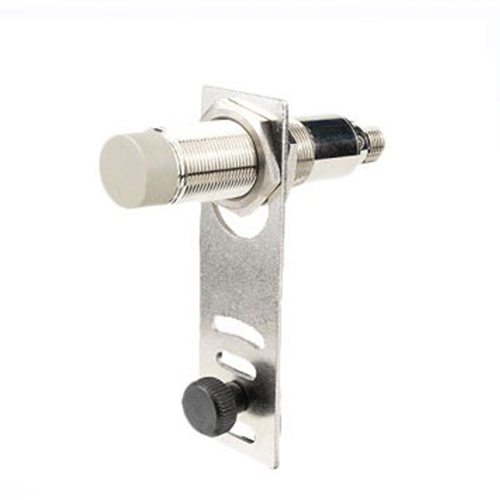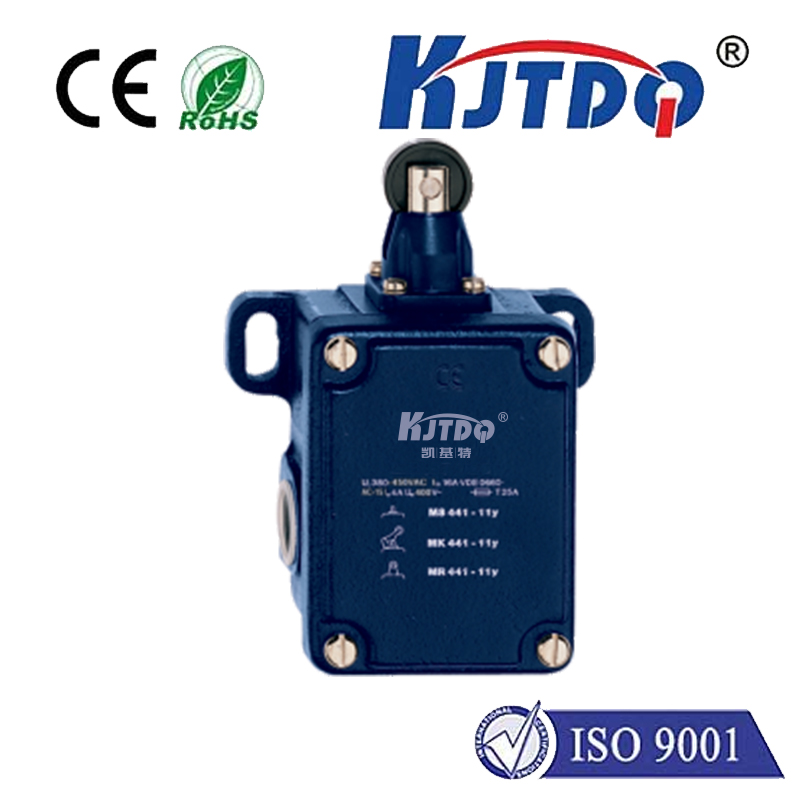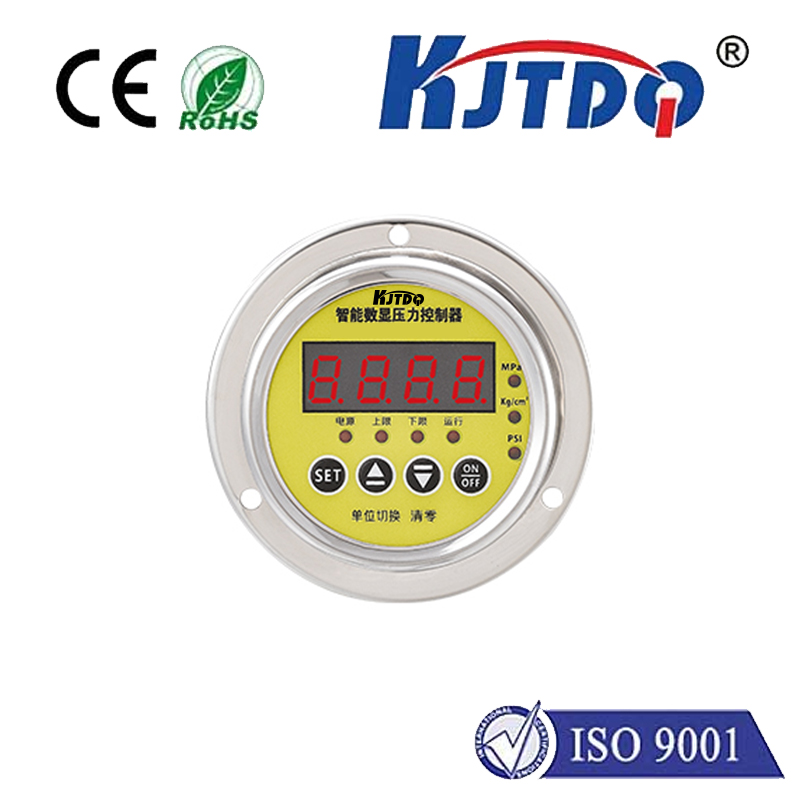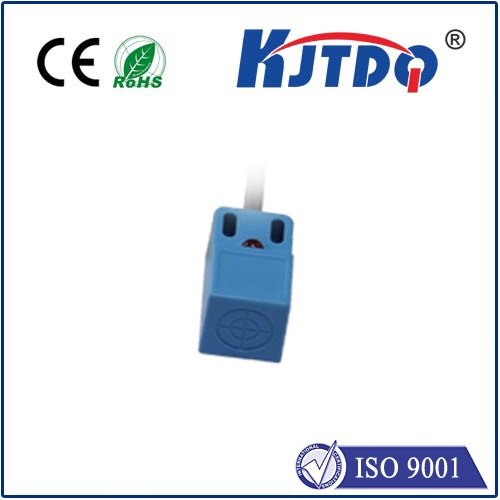

check

check

check

check

Title: Capacitive Proximity Sensor Range: An In-depth Look at its Functions and Benefits Introduction: In the world of sensors, capacitive proximity sensors stand out due to their versatility, reliability, and ease of use. These devices are used in a wide range of applications, from industrial automation to consumer electronics. The range of a capacitive proximity sensor is a critical factor that determines its suitability for a particular application. In this article, we will delve into the details of capacitive proximity sensor range, its importance, and how it benefits various industries. Understanding Capacitive Proximity Sensor Range: The range of a capacitive proximity sensor refers to the distance over which it can detect the presence or absence of an object. This range is typically measured in millimeters (mm) and can vary depending on the specific sensor model and its intended application. Capacitive proximity sensors work by creating an electrostatic field around the sensor. When an object enters this field, it disrupts the field, causing a change in capacitance. This change is then detected by the sensor’s electronic circuitry, which triggers an output signal. Importance of Capacitive Proximity Sensor Range: The range of a capacitive proximity sensor is crucial because it determines the sensor’s capability to detect objects from a distance. A sensor with a shorter range may not be able to detect objects that are far away, while a sensor with a longer range may detect objects that are not relevant to the application. Therefore, choosing the right sensor with an appropriate range is essential for ensuring accurate and reliable performance. Benefits of Capacitive Proximity Sensors:
